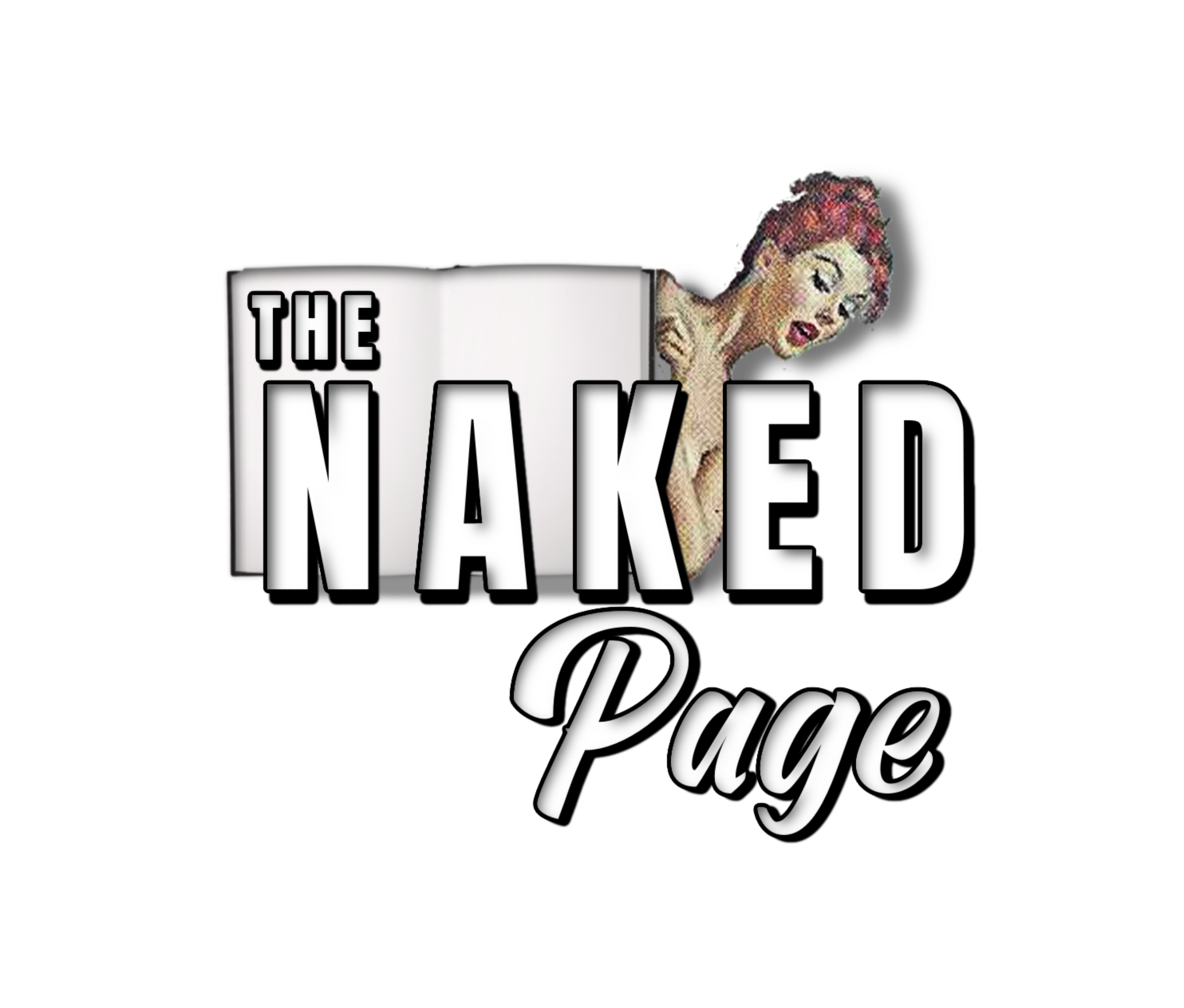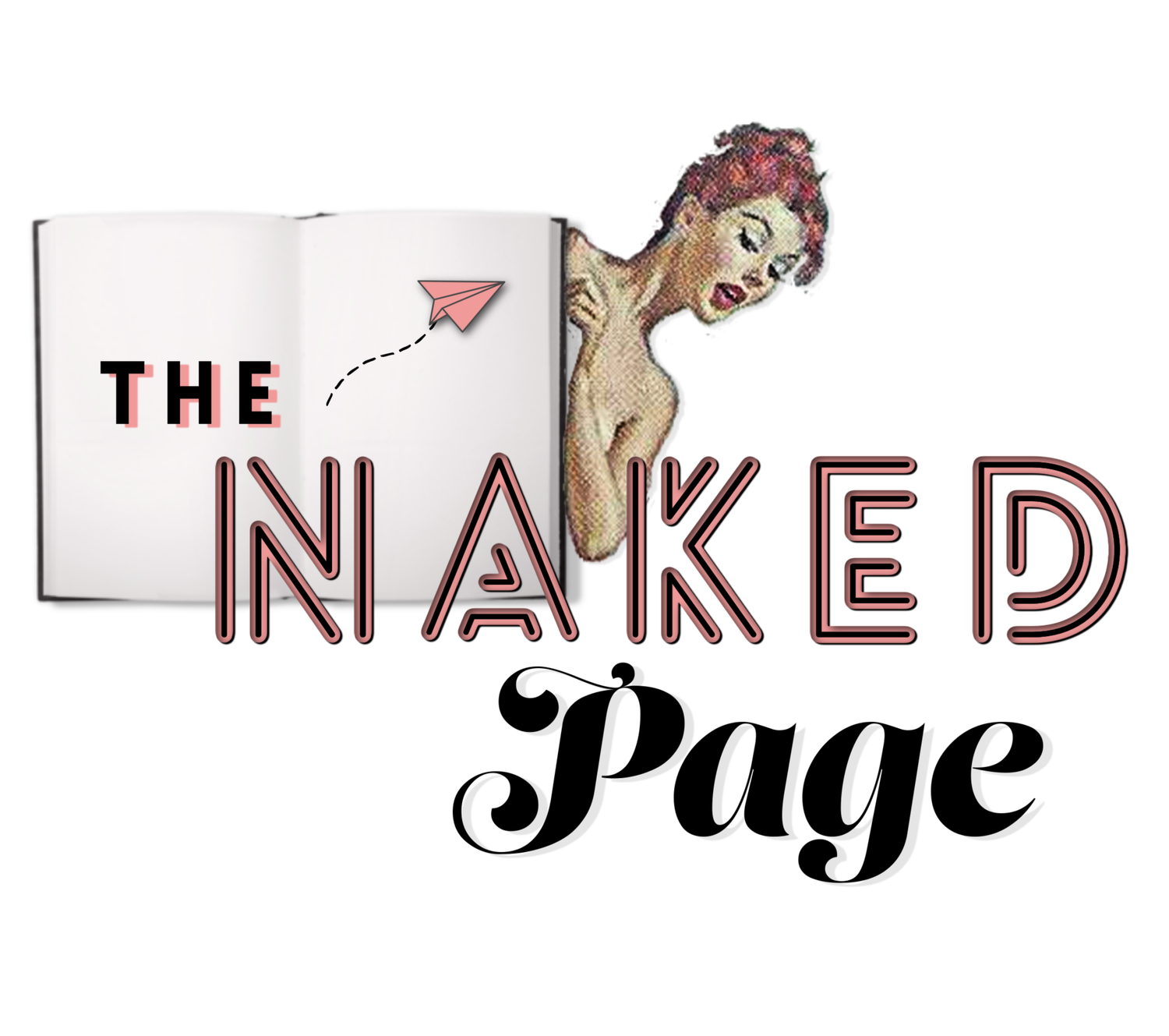How to Be Bad: Find Your Inner Villain
Not only did Eartha Kit rock her villain status as Catwoman in Season 3 of the original Batman TV series, but she also had a song about going rogue:
“I want to be evil, I want to be mad
But more than that, I want to be bad
And in the theater, I want to change my seat
Just so I can step on everybody's feet”
In the song, she’s a good girl with a fantasy of flipping—much like Sandy in Grease.
Sound like clichéd storytelling? There’s more to it, I promise.
Don’t underestimate the profound effect your inner badness can have on writing your memoir.
“Bad guys are dynamic characters with lots of human dimension. ”
Before we talk about how you can tap into your witchiness for personal writing, let’s dissect the role of the villain.
I’ve never been more aware of the bad guy than I am now while raising a young daughter. I was adamant that I didn’t want to get stuck with a girly-girl. So far, my child has not disappointed.
At 2, she roots mostly for the wicked witches, dastardly dudes, and monsters of each movie we watch. She finds their dark humor hilarious and always laughs when they come on screen.
Not exactly what I was going for, but we’ll work with it. What does she find so intriguing about these characters?
I’ve been watching a lot of kid movies these days and I’m picking up on some storytelling clues.
Villains aren’t what they used to be. The old Disney machine that churned out cookie cutter good guys and bad guys is a relic. In those days, a princess was a princess and a wicked stepmother was pure evil. And ne’er should the two characters cross over.
But these days villains aren’t so static. When we watch these evil entities, we are served up some dynamic characters with lots of human dimension.
Who doesn’t love the backstory of the Wicked Witch of the West in Wicked? Finding out that her badness was more a product of misunderstanding and isolation rather than devious planning is a captivating reveal.
Or discovering Maleficent has an endearing origin story where she was wronged, wronged, WRONGED! Isn’t that just the black icing on a pretty pink princess cake?
And let’s not forget the evolution of bad guys like Gru in Despicable Me. Going from a super villain to a super dad shifts our feelings around the villain model.
“Villains make things happen. ”
If you want to explore yourself as an authentic character—someone that people will relate to—you’re going to need to expose some of your badness.
I’ve dissected Cheryl Strayed’s memoir Wild on several occasions. Each time I find more compelling evidence for why her writing works so well.
How easy would it have been for her to write a story only as the victim of grief after losing her mother? But she chose not to do that. Instead she takes accountability for the damage she did both as a drug addict and cheating on her husband. She owns her bad behavior. But that doesn’t diminish the compassion we feel for her. If anything, it makes us want to keep reading until we reach her redemption.
Examining yourself as both a good and bad figure is a little like taking an inventory of selfie culture.
When we all first got our social media timelines and personal pages, I thought the goal was to capture our unique vision—how we individually looked out at the world. Where we were going. What we were doing. How our perspective could shape other people.
Instead, selfie culture emerged much like a self-absorbed princess—hello Galinda. We turned the camera on ourselves. Making sure the world would look in on us without providing much substance. Ever notice how the older Disney princesses spent a heck of a lot of time primping and not doing much else?
In contrast, it’s the villains who face the world.
While some princess is pining away for a prince, the bad guy is kicking the action into high gear and orchestrating armies to do the dirty work. That’s why they’re so damn interesting.
The princess exists. But the villain acts.
Villains make things happen.
They give the princess something to push against. A reason to fight. And that’s why when writing your memoir, you need to look closely at how being a bit of a bad guy can help you serve up your best story.
Memoir writing is hard work.
Along with exposing the rawest parts of yourself, you’ve also got to incorporate 3 different perspectives:
The Writer
The Narrator
The Main Character
*And yes, now I’m telling you you’ve got to be both a good and bad guy at the same time.
In fiction writing, you as the writer must find a separate voice to narrate your story and then employ a distinct main character to act out the story's scenes. But in memoir writing, you’re all three entities all at once.
It can be difficult to take an unbiased look at your past to ensure a realistic voice comes through on the page. But it can be done.
Exploring your badness (and eventual badassery) helps you do several things.
You’ll:
Develop yourself as a dynamic, human character
Nobody wants to read about a flat character who is perfect. If you identify yourself within your memoir as someone who is always wronged and never wrongs anyone else, you won’t seem believable to your reading audience.
You must develop dimension.
Find a character arc
Readers want to follow the main character who goes through some kind of transformation. That means allowing you as your main character to change. You can’t just sing to the birds and brush your hair all day long, you must develop as a character.
You’ve got to take action. Even if the action is wrong, you can always right your wrongs later.
Find empathy and compassion for other characters
When you realize you are a dynamic character, you will strive to make other characters in your memoir more dimensional, too.
That wicked witch at your job who got you fired, maybe she has a backstory you don’t know about. If you knew her truth could you feel some empathy for her?
A word of caution: be careful not to push your badness too far. One reason we love Cheryl Strayed is that she’s honest, but she doesn’t paint herself as all bad. If you’re too self-deprecating in your humor, you may come across as insecure. Or if you describe yourself only as the bad guy, then you become an unreliable narrator and your readers will no longer trust what they’re reading.
Your readers want to root for you as the main character—someone who is understandably a flawed human being.
One of the best ways you can include this multi-faceted approach to developing yourself as your memoir’s main character is to identify the turning point for her.
Where did you encounter a major shift in your life? That place where you had to transform and couldn’t go back to the life you had before?
I often instruct new writers to find the most compelling, dramatic, or traumatic moment and write from that place. This can help you jump into storytelling and begin to construct a story arc.
But your character has an arc, too. For characters to be compelling, they must start in one spot and move to another. They must transform. And this transformational shift must be significant.
If you find that place of transformation early in your writing process, you can start to map out where your character will begin. What are their starting beliefs, values, and relationships? What event or internal conflict prompts her to make a change? Where does she end up after that change?
In a memoir—unlike fiction writing, a character arc usually parallels the story arc.
“The role of the villain is to produce conflict. And without conflict, you have no story. ”
For instance, maybe you as your main character loved children. Maybe you desperately wanted to have a child, but you were getting older. You met the right person and got pregnant, but then you had a miscarriage. You tried again and again, but you couldn’t get pregnant. Or worse, you had multiple miscarriages. You found yourself being disgruntled with your experience. And you had a hard time relating to other people who were having children. This made you feel angry and isolated.
You didn’t set out to be a bad person, but due to your circumstances, you soured on life. That’s a significant turning point and a dynamic character with some underlying motivation for not being the nicest person in the world. Hopefully, before the story is over you as the main character will come to terms with your situation and you’ll find some peace. But either way, there’s nothing static about this main character.
Her conflict is clear.
And her badness comes from a very relatable place. A place where we can have compassion for her story.
The role of the villain is to produce conflict. And without conflict, you have no story. Sometimes the villain isn’t a person. It could be a natural disaster or the death of a loved one. Or maybe it’s something inside of you that comes out when life doesn’t go as planned.
As difficult as it might be for you to manage this conflict, that’s the stuff that drives real storytelling. Nobody wants to read about how great your life is. Having everything go as planned with no real action is one boring book.
Embrace conflict and your inner villain. Give us something to sink our teeth into. Find compassion for that mean spirit and follow where it leads you.
As Alexis Gunderson explains in her LitHub article On a New Generation of Villainous Women, From Witches to Wicked Stepmothers, "Opening up space for women to tell their own stories, that is to say, doesn’t just mean opening up space for villainous women to become heroes; it means opening up space for women to become anything."
Are you willing to interject some badness into your memoir?
And if you’re struggling to write about the villains in your life, try this method: USE THIS EMPATHY CHECK WHEN WRITING YOUR PROBLEMATIC CHARACTERS.


